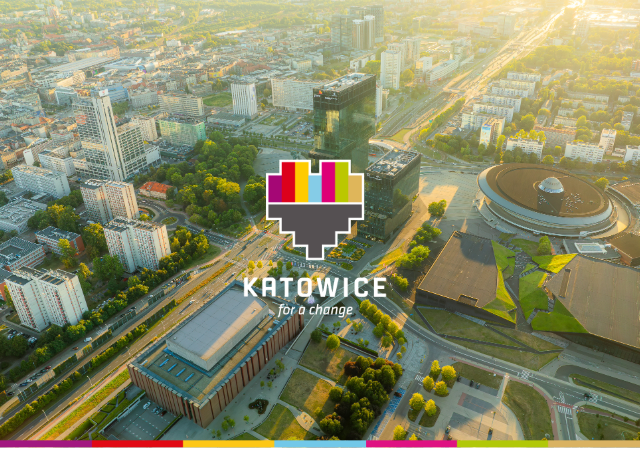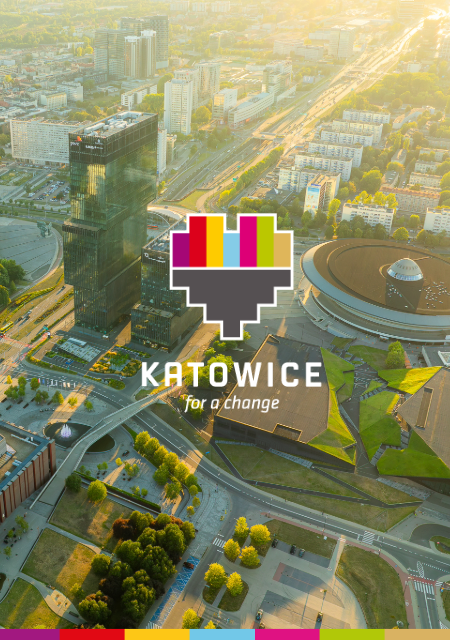According to an analysis by Grant Thornton, one of the world’s leading accounting and consulting firms, we can expect GDP growth in the first half of 2024, based mainly on private consumption (generously fueled by social benefits and an increase in the minimum wage) and the completion of local government investments ahead of the local elections in April. The second half of the year, on the other hand, should already be noticeable in terms of feeding the market and unleashing investment thanks to funds from the National Recovery Plan.
According to S&P Global, the PMI index, which measures the views of purchasing managers at 200 Polish industrial companies, rose to 48.7 points in November from 44.5 points in October. On a quarterly basis, the PMI averaged 46.9 points in Q4, higher than in Q2 and Q3.
Polish industry has a chance to return to the path of rapid growth. Despite various disruptions in the global and European economies, it has lost none of its flexibility and ability to respond quickly to changing conditions in logistics and production. What Polish entrepreneurs have built over the past 30 years is still one of their strengths.
It’s not just manufacturing and trade that are the flywheels of the economy today. There are also services. Poland, which for years built its development on a solid industrial base, is now getting better at exporting services. In 2022, the balance of trade in services amounted to PLN 171.1 billion, or 5.6% of GDP. Services were also the category with the largest positive balance in the current account of the Polish balance of payments. In 2022, the main services were: transportation (PLN 58.1 billion), other services (PLN 52.9 billion), international travel (PLN 30.4 billion) and refining (PLN 21.8 billion). Traditionally, our main partner in international trade in services has been Germany. Polish residents provided services to entities from this country in the amount of PLN 90.4 billion (PLN 26.9 billion more than in the previous year), while imports amounted to PLN 45 billion. Apart from Germany, Switzerland, Great Britain, the USA, the Netherlands and Ukraine[1] were the leading exporters. According to forecasts, this year should not be any worse.
Is this market worth talking about and dealing with? Of course it is. Analyses by the WTO and the World Bank show that up to 75% of the working population is employed in services, but it’s a sector that is still not well regulated in multilateral agreements. Let’s not forget that services now generate more than 2/3 of the world’s GDP, yet policymakers continue to prioritize manufacturing and trade in goods over services. According to data published last year in the report Modern Business Services Sector in Poland, the share of business services in total employment in the business sector is 6.7%. The record growth is mainly driven by highly specialized services, which already employ more than 435,000 people.
According to a report by consulting firm Deloitte entitled “The Business Services Industry. 2023 Global Shared Services & Outsourcing Survey,” the top three shared service center locations in 57 countries are: India, Poland and Mexico. The United States came in second, with the largest number of SSCs.
Our country’s most important assets remain access to skilled professionals, positive customer experiences, and the benefits of being a member of the European Union, which provides comfort from existing regulations on information security, cybersecurity, and other areas[2].
Key challenges
Poland is not and never has been a lonely island in the European sea. Therefore, we are not spared from demographic challenges that may affect the competitiveness and flexibility of the economy in the future.
-If we want to compete effectively in the future, we need to make decisions today that will shape that future. In addition to increasing the number of women in the workforce and encouraging seniors to stay in the workforce, we should start a discussion that we cannot avoid: the integration of foreigners. The point is to have discussions based on facts and to speak the language of benefits, because this is the only way to replace emotions with rational arguments – explain Iwona Gramatyka.
The report Foreigners in Poland’s Social Security System, published by ZUS in June 2022, presents an analysis that indicates that approximately 2.75 million immigrants will need to be admitted over the next 10 years.[3].
Of course, it is possible to imagine a vision in which artificial intelligence (AI) will replace all the hands needed in Poland, and with one click of the “mouse” erase the list of missing specialists. But this is unlikely – at least in the foreseeable future.
Therefore, it is better to focus on more traditional methods of analyzing and solving problems. Let’s start with the Occupational Barometer 2024, commissioned by the Minister of Family and Social Policy. This year there are already 31 professions in deficit – that’s hundreds of thousands of jobs. There is a shortage of roofers, welders, carpenters and mechanics, as well as medical professionals (doctors, midwives, physiotherapists) and those involved in care and education: teachers at all levels, carers for the elderly, psychologists, psychotherapists and, for example, cooks.
At the same time, we continue to operate in the here and now. We don’t even get into the yet to be defined area of skills and specialties that are being described as the professions of the future. Yes, we know that digital skills, broadly perceived and understood, will be key in this space.
CSO shows how it is
In the past, 2023, foreigners already accounted for 6.5% of those working in Poland (1.3 percentage points more than at the beginning of 2022). About 40% of them worked in our country on the basis of civil law contracts, which are used by a large number of smaller employment agencies that attract foreigners to Poland. The foreign workers represented 150 different countries. Ukrainians are the largest group (690,800 in July last year), although their share in the total number of foreigners on the Polish labor market has decreased since the beginning of 2022 to just over 69%, or 4 percentage points. Belarusians (11.3%), Georgians, Indians, Moldovans and Russians (together 7%) are becoming increasingly important. However, since the outbreak of the war in Ukraine, workers from the Philippines, Uzbekistan, and South America have increased.
According to the latest data from the Social Security Service, at the end of November there were 1.35 million foreigners covered by pension insurance. The share of Ukrainians among them decreased to 67.5%. It is worth noting that only 16% of temporary workers from Ukraine are already planning to go to another country[4]. It should also be noted that, according to the NBP report published in the first days of January, pre-war migrants can be considered to a large extent as settlement migration – 61% of them (although 7 pp. less than in the fall of 2022) declare that they will stay in Poland permanently or for more than one year. Among refugees, on the other hand, 39% of NBP respondents have such plans[5].
The outlook for 2024 is an ongoing topic that we will systematically return to. In future articles we will write about AI in industry and construction investments. We will touch on the opportunities and risks of robotization and automation of production. We will lean into the economic consequences of the war, as well as the industrial strategy of the defense sector in the EU and its possible implications for Poland.
[1] https://nbp.pl/wp-content/uploads/2024/01/Miedzynarodowy-handel-uslugami-Polski-w-2023.pdf, access: 18.03.2024.
[2] https://www2.deloitte.com/pl/pl/pages/press-releases/articles/polska-druga-najchetniej-wybierana-lokalizacja-dla-centrow-uslug-wspolnych-na-swiecie.html, access: 18.03.2024.
[3] https://www.magazynrekruter.pl/czy-polski-rynek-pracy-potrzebuje-imigrantow/, access: 18.03.2024.
[4] https://managerplus.pl/obywatele-ukrainy-przeczekuja-w-polsce-i-nie-spieszy-im-sie-na-zachod-90766, access: 18.03.2024.
[5] https://www.rp.pl/rynek-pracy/art39677681-juz-prawie-milion-cudzoziemcow-pracuje-w-polsce, access: 18.03.2024.






